Heritage
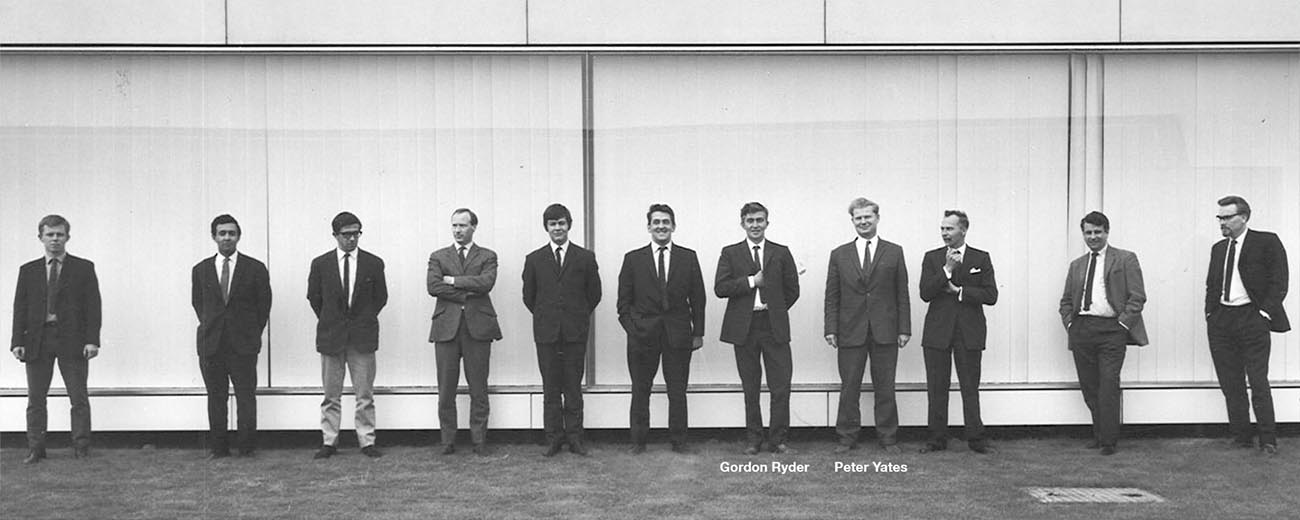
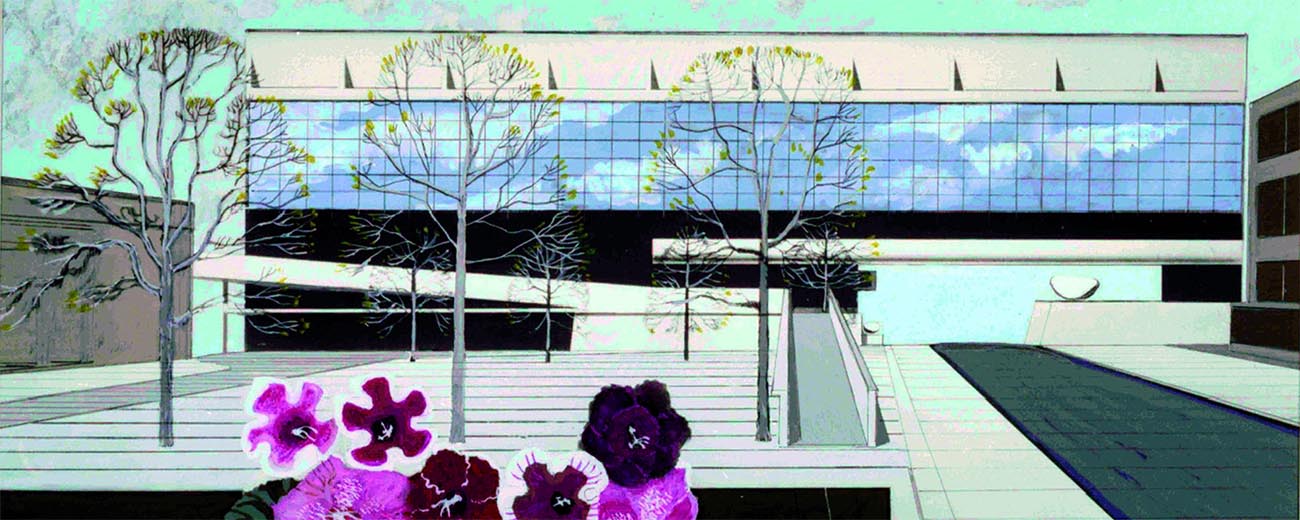
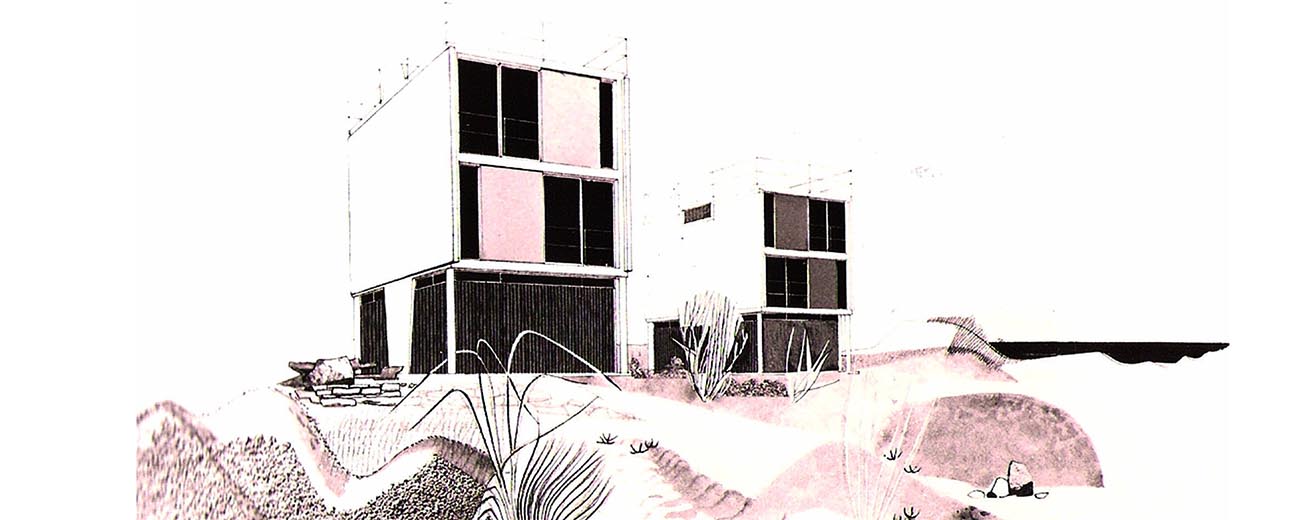
Rutter Carroll, architectural historian
Two pioneering young entrepreneurial architects who worked with Le Corbusier and Ove Arup first met in the office of Berthold Lubetkin. In 1953, they formed Ryder and Yates in Newcastle upon Tyne.
That Le Corbusier, Lubetkin and, to no less extent Newcastle born Arup, had a powerful influence on the subsequent design philosophy of Gordon Ryder and Peter Yates can still be seen in any evaluation of Ryder’s work today. The basis for integration of architects and engineers in a single practice stemmed from the experience both Gordon and Peter enjoyed while working with these great designers.
The development of the practice was relatively gradual, and its success depended not only on the notion of integration but equally on the personalities involved and the capabilities they were able to bring to the design of an increasing range of building types.
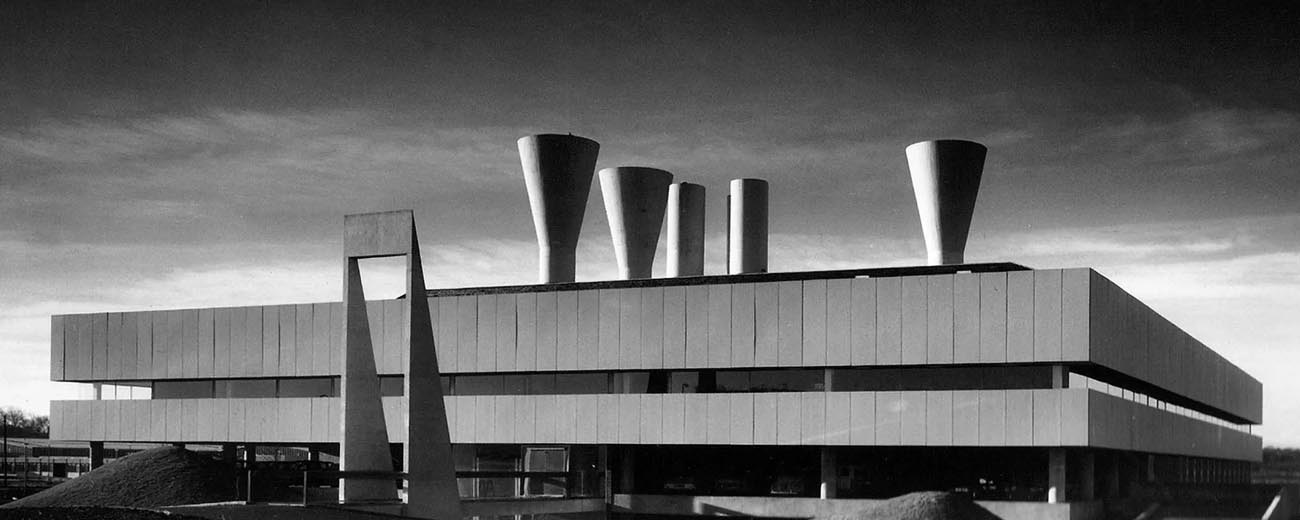
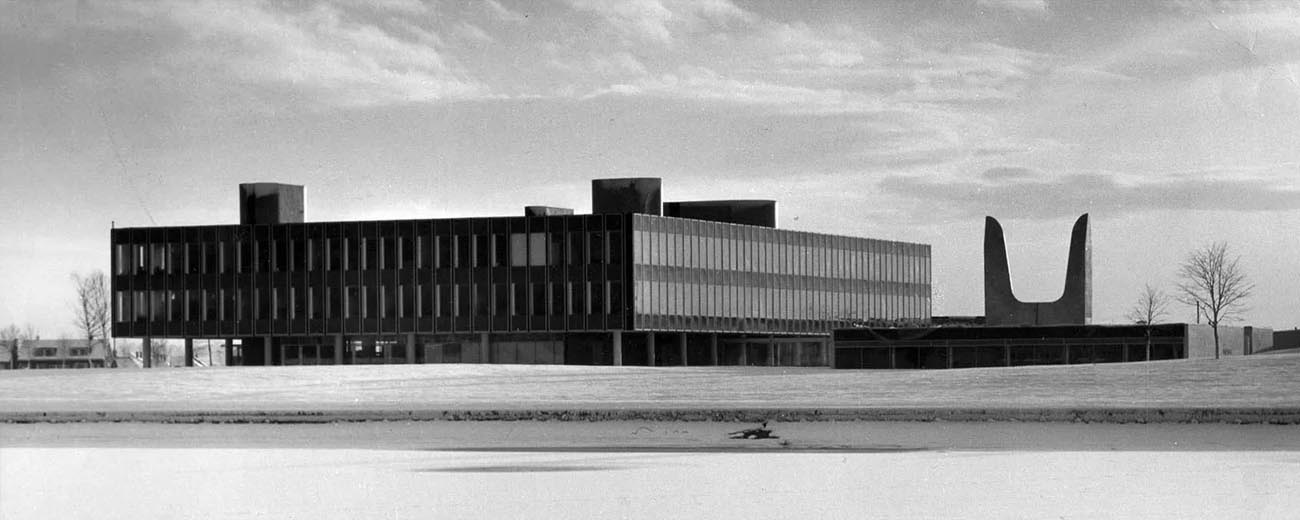
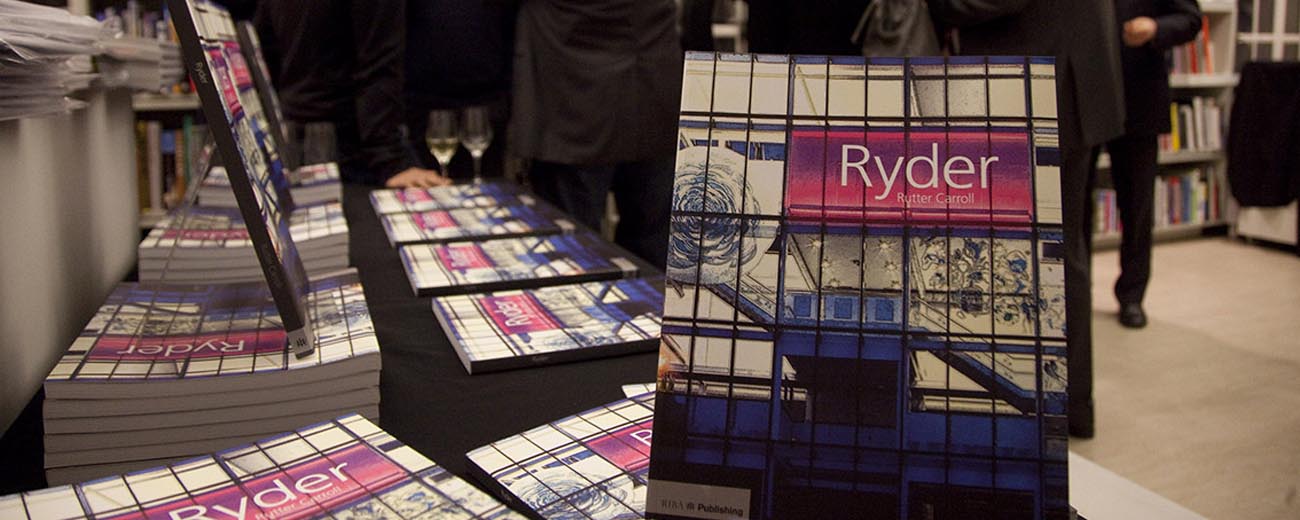
Ted Nicklin, who later became a mentor to Peter Buchan, had joined Ryder and Yates in 1963 from Chamberlin, Powell and Bon, attracted to the methodology and rigour of the elegant construction the practice achieved and bringing with him a commitment to social architecture. In the same year Leszek Kubik, a Polish structural engineer, joined. By 1965, building services engineer Jack Humphrey and electrical engineer Geoff Brown were also part of the team. Gordon and Peter’s great friend Sir Ove Arup’s 1970 speech Total Architecture could have equally applied to Ryder and Yates.
The death of Peter Yates in 1982 resulted in the formation of Ryder Nicklin Partnership, which continued until the retirement of Gordon Ryder in 1990. Following the sudden death of Ted in 1994 it was left to Peter Buchan, who had joined in 1977, and Mark Thompson, who had joined in 1988, to take the practice forward to what it is today.
There is a rigour running throughout Ryder’s approach and a deceptive simplicity in its architecture, whose core characteristic is a determination to make it useful and functional. This has not changed in over 60 years.
The approach is both inclusive and collaborative, stemming from the pioneering days of the multidisciplinary Ryder and Yates. There is an evident passion in every aspect of what they do. This apparently easy, natural process is the product of many years of relentless development, leadership and nurturing. They forge strong partnerships with likeminded consultants designed to strengthen and evolve the practice.
The architectural values Ryder have sought to attain are in one sense unchanging, but the forms of their buildings have not been produced through the arbitrary application of any formula. They arise as a result of lengthy dialogues with committed clients, users and consultants. Acknowledging architecture is generated by people’s needs, the designs evolve from general and detailed studies often in the form of models, a closer guide than drawings to the spatial and sculptural qualities of the proposed design.
Having grown from one office of a dozen or so people in 1994 under the current leadership, Ryder now operates out of five UK locations and has significant work overseas served from their Hong Kong, Vancouver and Amsterdam offices and a growing alliance of likeminded firms in Australia, Europe and North America benefiting from a total capacity of over 250 people. Their portfolio covers most sectors and ranges from sculptural shelters at Kielder Water in Northumberland to a $220m office scheme in Hong Kong. Irrespective of where they are located, they see themselves as one. From this, they derive much enjoyment – as well as consistency and quality.
One thing is certain – Ryder will keep evolving …
Rigour Throughout
“With Ryder, I would argue that the quality in question is not only strength in their industry sectors – though that is evidently important – as their overall expression of design clarity. Their buildings show the thinking and the working, they tend to express different functions in clearly defined and often distinctly treated volumes. There is a tightness and intelligence to a Ryder building, an expression of what goes on inside and out. It may be coincidence or it may be deliberate, but I do find echoes particularly of Lubetkin – from whose studio in Peterlee, County Durham, Ryder & Yates first sprang.
Ryder’s work is encouragingly diverse but always disciplined and well controlled. No practice anywhere is ever free of the tics of architectural fashion, but Ryder, secure in its own heritage, is freer than most. Some of their projects are hard to date at a glance, and that is good. Whether it is a matter of a stand out civic building, a pragmatic and lively school or such a piece of sensitive urban repair, you can see the level of care being applied.
This, very evidently, is a practice with principles.”
Can’t find what you’re looking for?
If you would like to learn more, please submit your enquiry below.